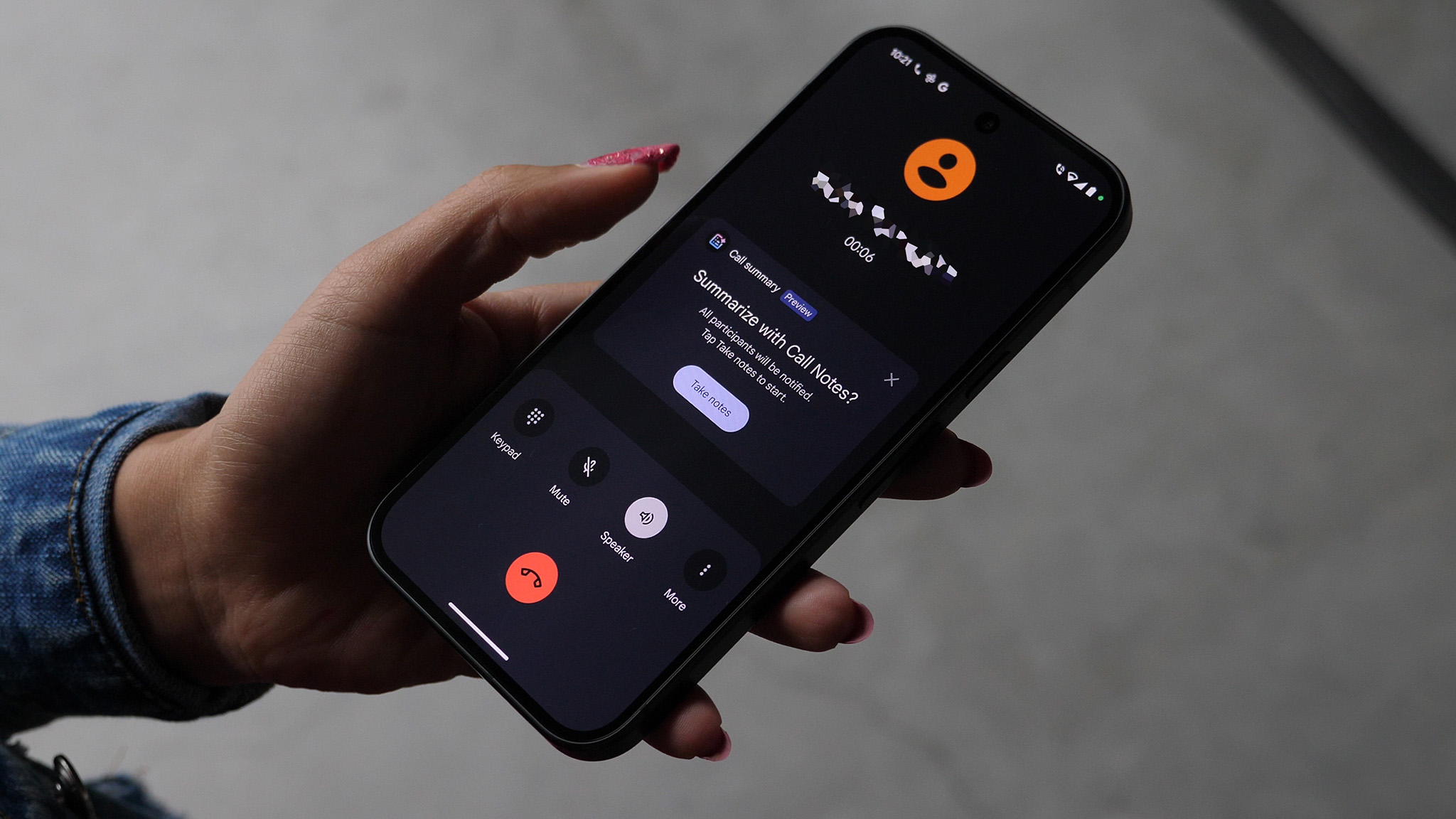What we expect from Wear OS smartwatches in 2025
From a new Snapdragon chip and potential Galaxy Watch redesign to wrist-based Gemini, Wear OS watches could see major changes in 2025.
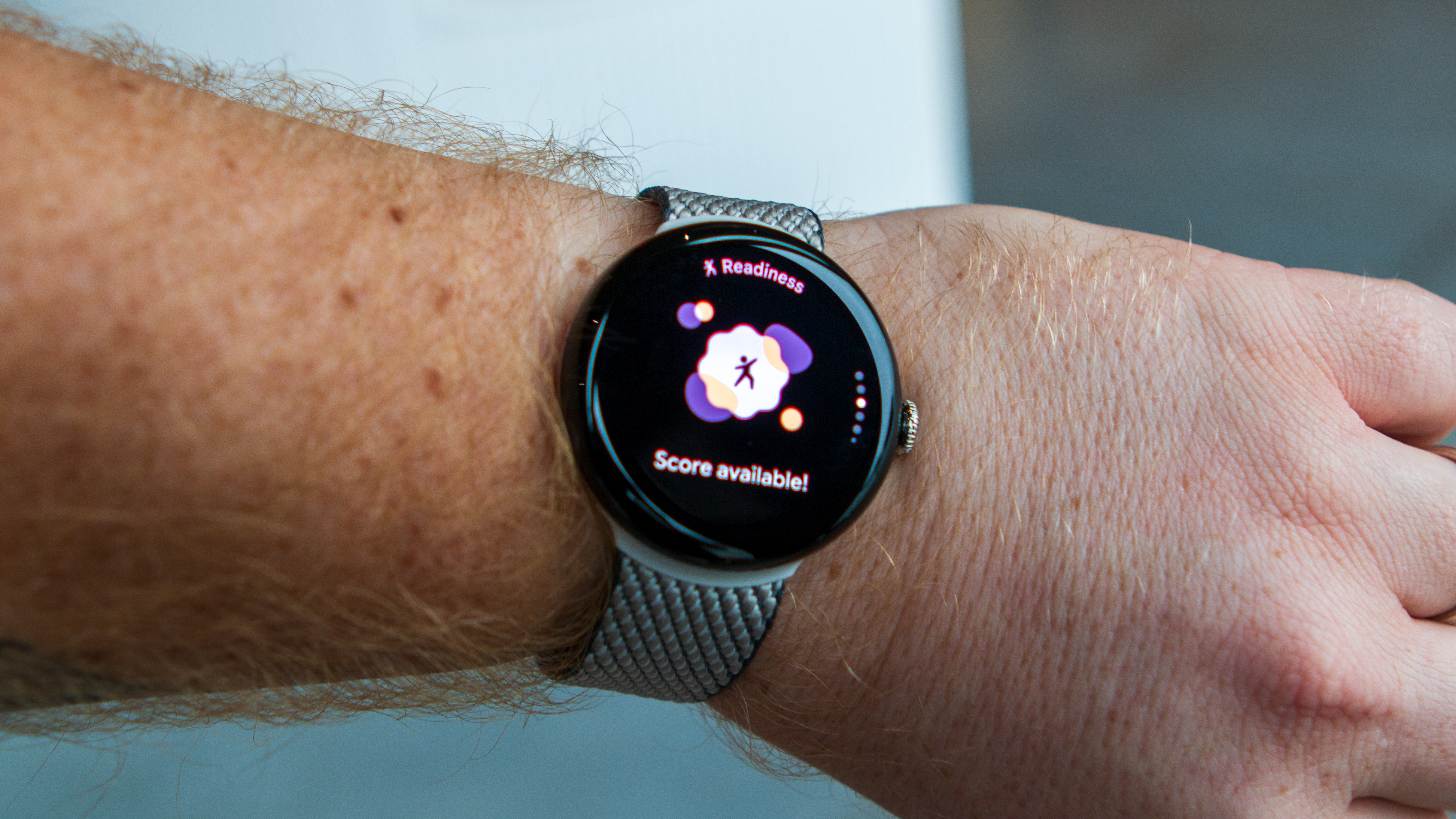
Happy holidays to all my fellow Wear OS watch owners and a preemptive happy new year! Last week, I looked back on Wear OS's strongest year yet and promised that I'd share my predictions for what could happen with Android smartwatches in 2025. So here I am, bearing the promise of presents for loyal Wear OS users — and a couple of lumps of pessimistic coal.
I'm optimistic that 2025 will be a transformative year for Wear OS watches, building off of 2024's strong foundation and the long-awaited payoff of new Snapdragon hardware and Google's Gemini push.
That said, we can also see warning signs in what happened in 2024 that could lead to some angst for Android watch owners this year — depending on which brand you own. So good and bad, let's break down what we expect to see from Wear OS watches in 2025, both for hardware and software!
New Snapdragon hardware (and a swap to RISC-V)
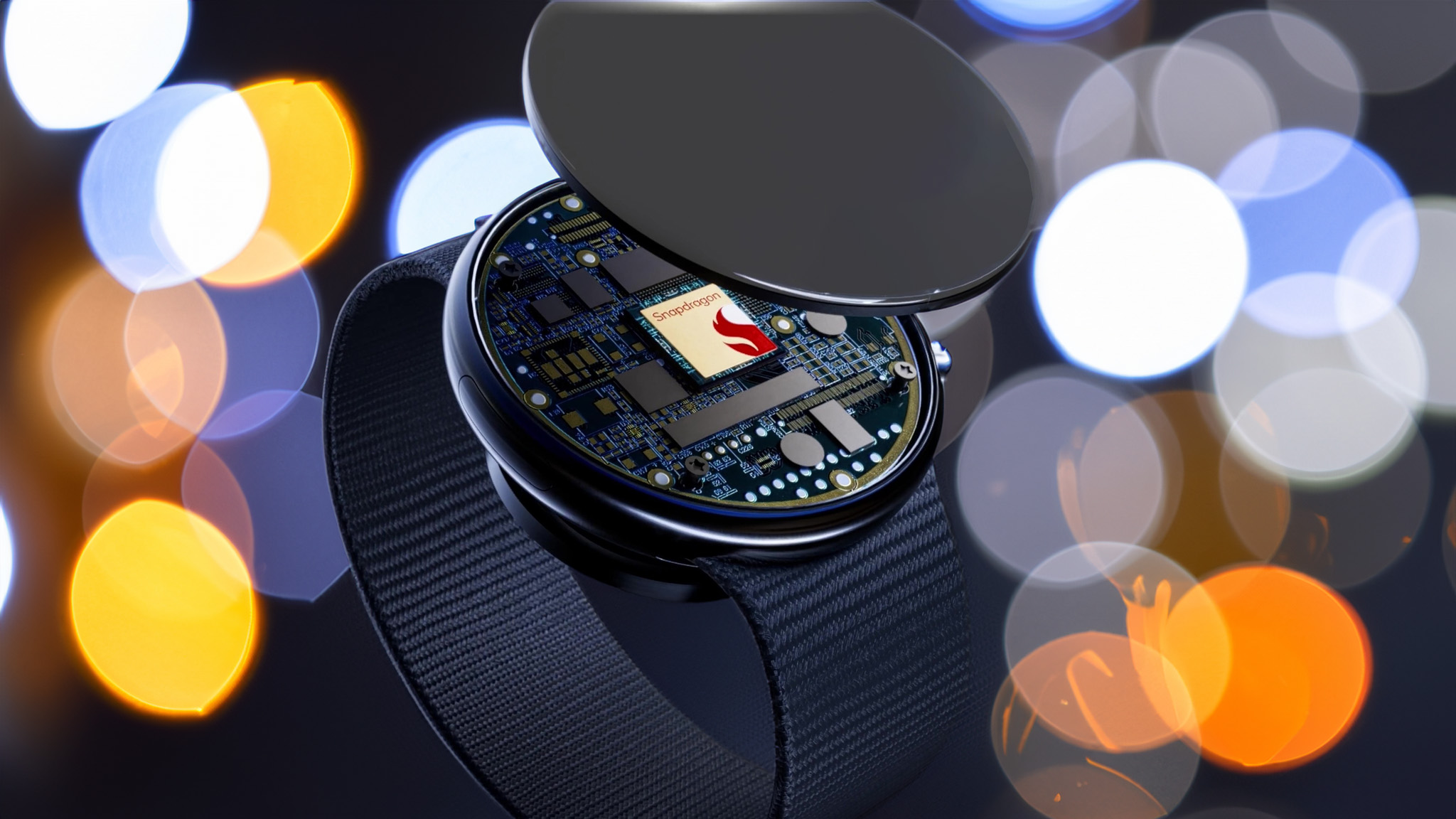
Google, Mobvoi, OnePlus, and Xiaomi used the 2022 Snapdragon W5 Gen 1 SoC in nearly all of their Wear OS watches over the last 2.5 years. Unlike annual smartphone chips, watches don't have an application like gaming that requires much headroom; these watches are speedy enough with 2GB of RAM and old silicon. Still, it's fair to expect an upgrade in 2025, as the latest Wear used a Cortex-A53 core first announced in 2012.
I interviewed Qualcomm VP Dino Bekis about Snapdragon Wear in October, and he all but promised that they'd have a Snapdragon Wear chip announcement in 2025. While he offered no specifics about cores, he described it as a "feature-focused" and "AI-driven" chip that could "scale for multiple years" because it'll have enough compute capability to specialize in whatever tools OEMs want.
Assuming it follows Qualcomm's naming conventions, the Snapdragon W5 Gen 2 would probably power most Wear OS watches through 2027. It may use RISC-V, the open-source, energy-efficient platform with custom cores that Qualcomm and Google first partnered on in 2023.
Bekis said the two companies are still working on porting Wear OS software to RISC-V and that the transition could make Wear OS watches longer-lived, with "a week's worth of battery life" as the goal. I doubt we'll hit that anytime soon, but it's something to hope for.
Get the latest news from Android Central, your trusted companion in the world of Android
Anshel Sag, principal analyst for Moor Insights & Strategy, called the potential RISC-V switch "extremely interesting," praising that they'd have cheaper custom chips specialized for the application and that it would "open the door" for new tools. He warned me that he "thinks RISC-V will still take a bit longer than anticipated," but "the payoff could be huge." That could lead Google into looking for alternatives for its Pixel Watch 4, if it's not ready by the 2025 deadline.
Google faces a Snapdragon/Tensor crossroads
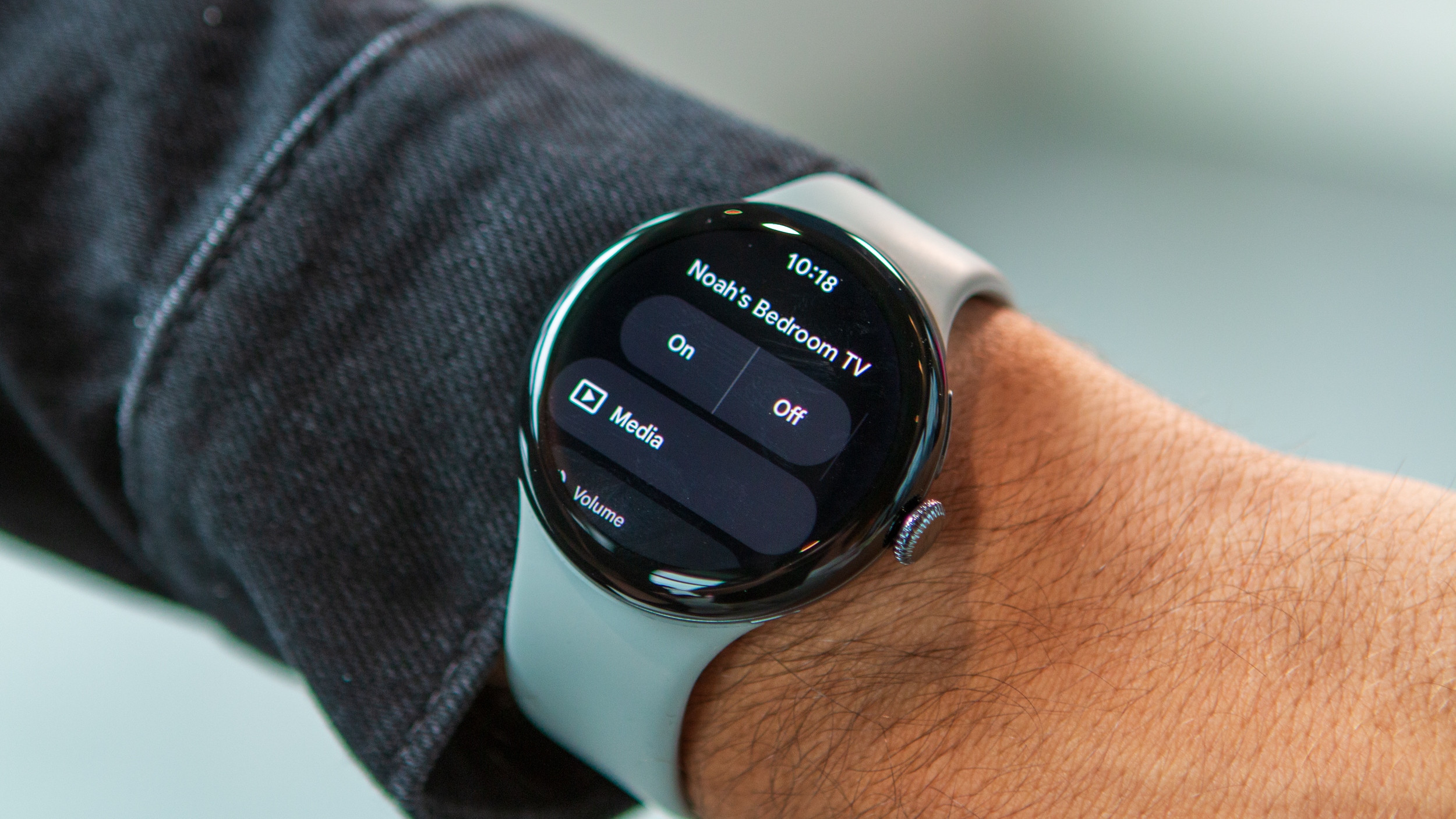
You'd reasonably assume the Pixel Watch 4 will use the Snapdragon W5 Gen 2, but one leak suggested Google might play it safe and develop a Tensor chip in-house that's essentially a lower-powered version of the Exynos W1000 in the Galaxy Watch 7, with a 2020 Cortex-A78 core and two Cortex-A55 cores.
Google's current Tensor strategy with phones is to focus more on in-house development (partnered with Samsung LSI) and powerful AI performance at the expense of benchmarked power. Google could take a similar approach with watches, deciding it doesn't need much headroom and putting more emphasis on a powerful NPU for Gemini tasks rather than pay Qualcomm a premium to license its Snapdragon chips.
Google's partnership with Samsung underpins Wear OS's success, and staying in lockstep would make joint software development easier. Or it'll go all-in on RISC-V to try and differentiate its Pixel family from Samsung's. I can only speculate on which path Google will take; I hope it chooses the latter, simply because it would make the Pixel Watch 4 in 2025 more intriguing, while also worrying that Google will take the safer route.
Health and fitness will remain a primary focus
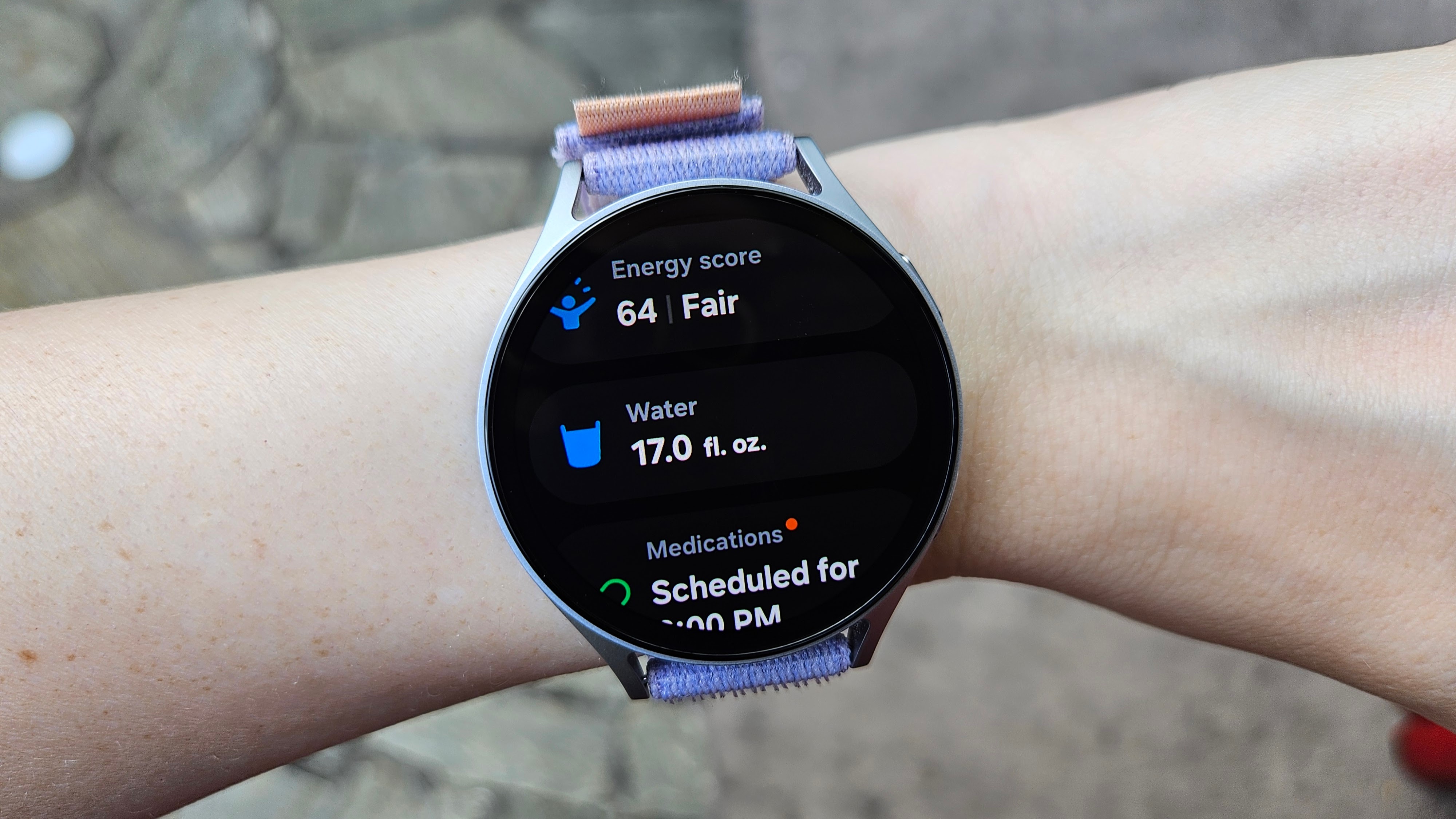
This is such a safe bet that I won't spend too long dwelling on it. However, Wear OS 6 will continue Google and Samsung's quest to try to keep up with fitness rivals like Apple and Garmin.
A healthy portion of Wear OS 5 and One UI 6 Watch updates focused on health features (e.g., sleep apnea / Energy Score / Cardio Load) and workout tools (e.g., AI coaching / running form analysis / pace or HR goals during workouts).
With Wear OS 6 watches, Google will hopefully add dual-band GPS like Samsung, as well as focus on other sports like cycling and weightlifting to complement its newfound running focus. Samsung will probably copy Google and Apple and implement some form of training load feature, showing the short- and long-term impact of workouts.
We could also see new health tools, but I'll remain skeptical of non-invasive blood glucose until it happens, no matter how many times companies say they want to do it. And I don't know what other non-gimmicky data points these companies have left to add; maybe mental health will be the next smartwatch focus.
Gemini will blow up on smartwatches
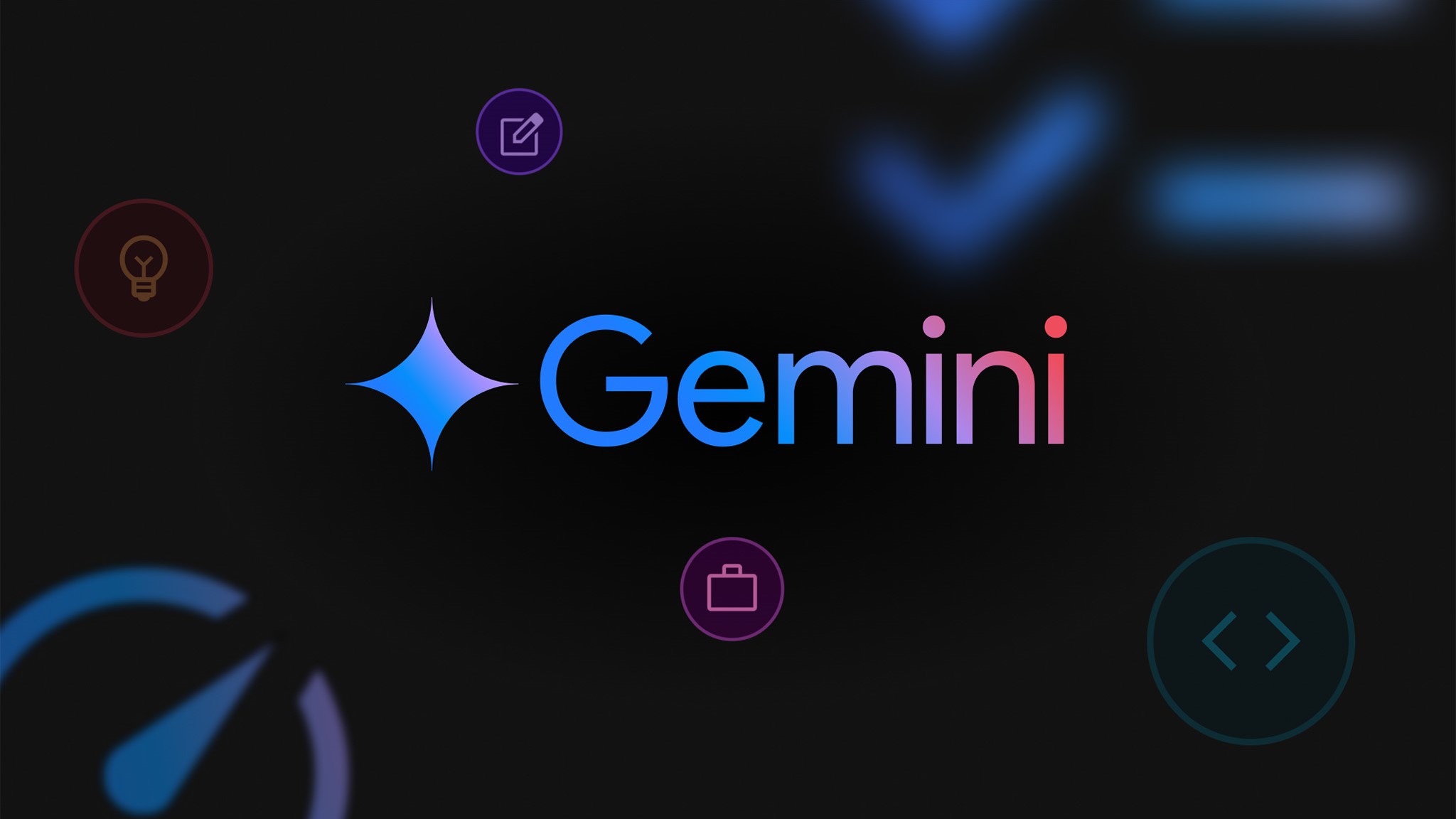
Google spent 2024 cramming Gemini into every Google service and product that could support it, and ended the year promising that Gemini would be the baseline for its new smart glasses OS, Android XR. Even if I don't have any evidence, I'm fairly confident Google will make Gemini available with Wear OS 6 as a Pixel Watch 4 killer app — possibly a stripped-down version of Gemini Live.
This assumes Google can take Gemini Nano — the "smallest" version for smartphone on-device AI tools — and port it down to work on a smartwatch processor. It might depend on what kind of power the Snapdragon W5 Gen 2 can deliver, and could shut out current Android watches with last-gen hardware not designed for Gemini.
"On the Gemini front, I think Google still needs to figure out a way to get Gemini to run smoothly on such performance-limited hardware," Sag told me. "That could come with RISC-V or some other more capable platform." But he agreed that "right now I don't think Google Assistant performance is where it should be," and said that he could see AI becoming "the connective fabric between all of our wearables."
If I'm wrong that Gemini can be scaled down to wearable form, I still expect Google to add more AI-powered tricks to Wear OS in some form. For example, it could add its Fitbit Insight Explorer to the Pixel Watch 4, so you could ask for context about your recent workouts — similar to Zepp Coach on Amazfit watches.
Samsung, which has always offered Bixby and Assistant, would also get access to Gemini. It recently unveiled Bixby AI with LLM capabilities, but it's exclusive to Chinese phones for now; we don't know if it'd be ready by the Galaxy Watch 8. Still, One UI 6 Watch had plenty of AI tricks like Energy Score and auto-suggested replies, and Samsung will probably focus on other niche features, with a mix of cloud computing and on-device tricks.
Samsung WON'T go the squircle route with Galaxy Watch 8

In March 2024, SamMobile reported inside knowledge that Samsung was "looking to bring back the squarish design for its smartwatches," with "enthusiastic" internal support for the plan. The Galaxy Watch 8 seemed the most likely candidate.
Samsung hasn't sold a squircle watch since the Gear S in 2014; although the Galaxy Watch Ultra looks more square-shaped due to its titanium bezel, the display is still circular. At the time, some Galaxy Watch fans resented the idea of abandoning the traditional watch look for the squircle design so closely associated with Apple Watches.
I didn't mind the idea at the time and found the report plausible. But I recently remembered this August report that Samsung chairman Lee Jae-yong allegedly lambasted the MX Division for "design plagiarism," with the Galaxy Watch Ultra and Galaxy Buds Pro 3 too similar to the Apple Watch Ultra 2 and AirPods Pro in features and looks.
Lee's "angry" response makes me doubt that Samsung's internal enthusiasm for squircles will make it onto a mainline Galaxy Watch. Even if Samsung designed a squircle watch before Samsung, most people would still see it as copying Apple, and that seems to be a sore spot for its chairman.
So don't be surprised if the Galaxy Watch 8 looks a lot like the last four Galaxy Watches: machine-cut, flat, and bezel-less. As for other models, we're due for our biannual Galaxy Watch 8 Classic, and Samsung might keep selling the Ultra as is for another year before progressing to the Ultra 2 (or abandoning it like it did the Watch 5 Pro).
Wear OS will bring back Facer
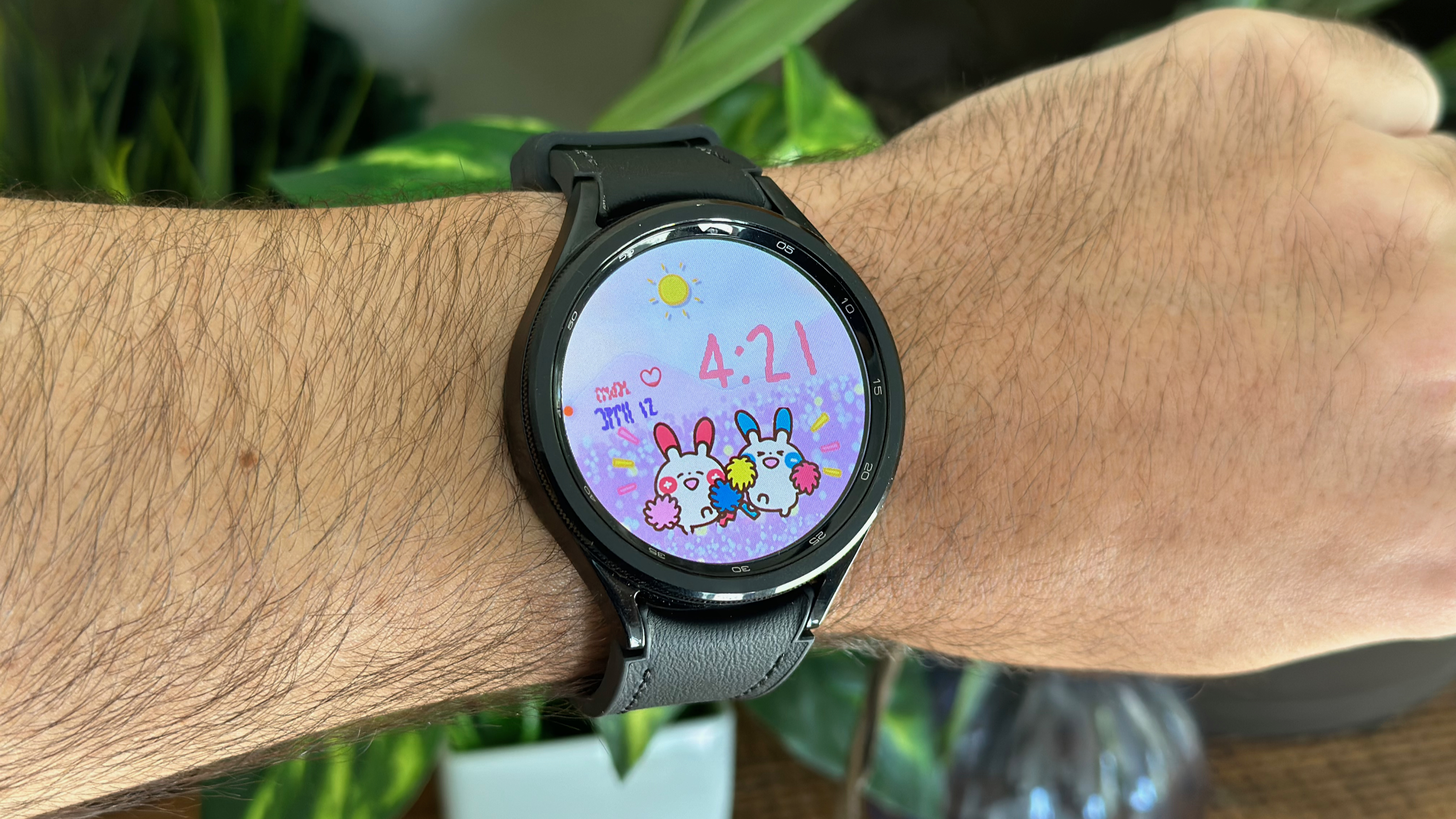
This may be nothing more than wishful thinking since Facer was one of my favorite Wear OS apps before Google made the XML Watch Face Format the default on Wear OS 5 to extend battery life and left the decade-old app and its developers high and dry. But I want Facer back, and I think it'll happen in 2025.
Google won't go back on its restriction and let battery-guzzling faces back on Wear OS; they make the watches look short-lived for aesthetics. But its current solution — scrolling through a long list of watch faces in the Play Store without any organization — is terrible. Facer says it's "working hard with Google to solve this issue" and provide an alternative, and I believe them.
My guess is that Google will once again allow third-party apps to share watch faces to Wear OS as long as they're XML-coded, which would let Facer back onto new Wear OS watches — even if most of its 500,000 faces aren't compatible anymore. At the very least, fun XML watch faces would be much more findable on Facer, which would, in turn, incentivize developers to start making creative XML faces for us.
My less reliable 2025 Wear OS predictions
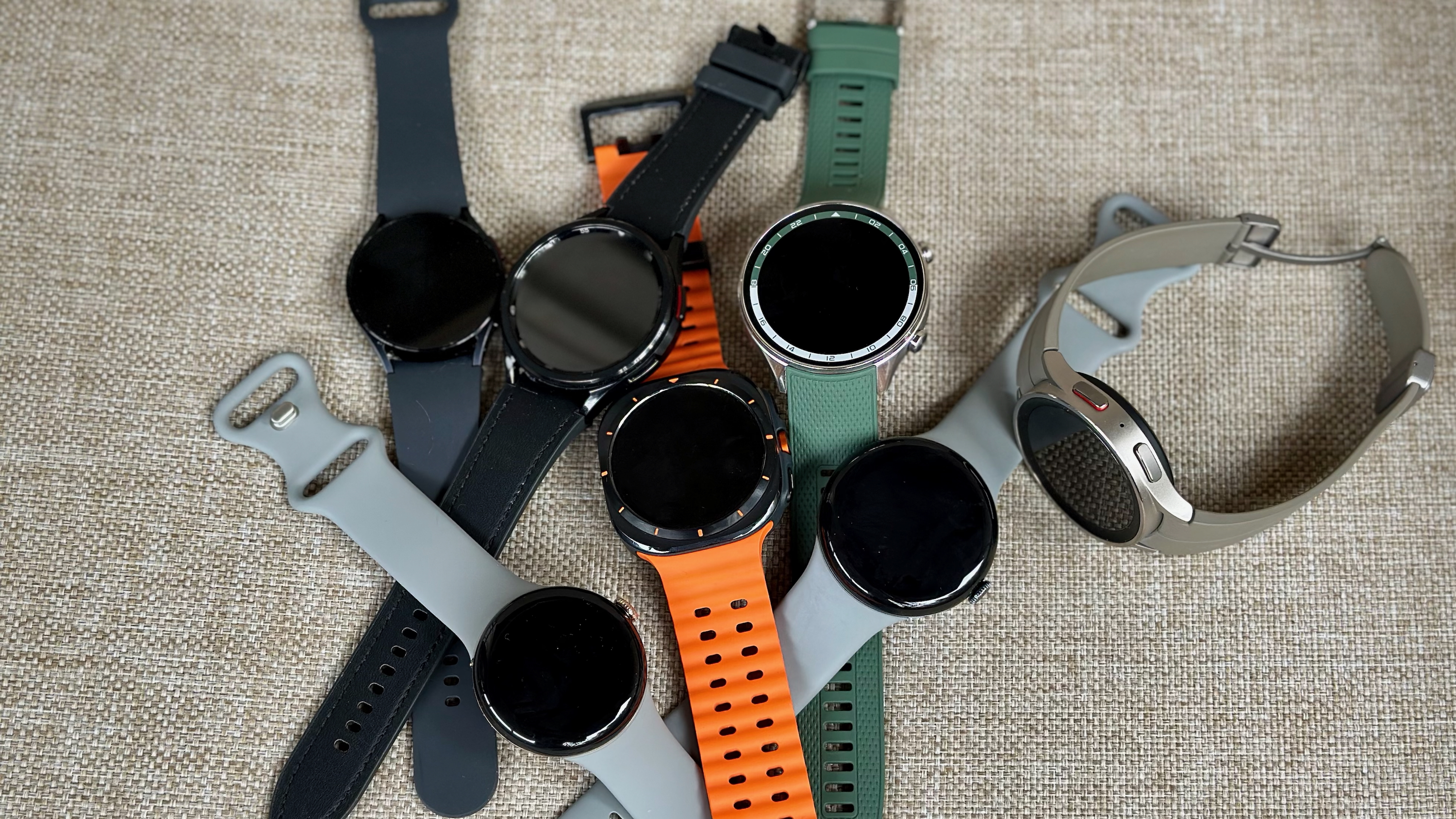
None of the above is certain, but I at least have evidence or solid reasons for speculating. Now I'll throw out my 2025 Wear OS predictions that aren't based on anything except vibes:
I won't be surprised if another Android OEM makes a Wear OS watch. Motorola, which once sold the Android Wear-based Moto 360 but now focuses on budget Moto OS trackers, seems like a possible candidate.
I'm also worried about slower Wear OS updates in 2025. Admittedly, this has been a problem since Wear OS 3, but I'm worried that brands like Mobvoi will really struggle with Wear OS 5 and keep selling Wear OS 4 watches in the interim. And with Wear OS 6, the gap between when new and last-gen watches get it could be even wider.
We could very well see the first Wear OS watch with Masimo health sensors, though it's possible that the hardware won't be ready to incorporate into watches until after 2025.
Lastly, I'll go out on a limb and guess that Google will make Fitbit available on all Wear OS watches in 2025. Even if it means losing that exclusivity for Pixel Watches, the data payoff would be worth it for them.

Michael is Android Central's resident expert on wearables and fitness. Before joining Android Central, he freelanced for years at Techradar, Wareable, Windows Central, and Digital Trends. Channeling his love of running, he established himself as an expert on fitness watches, testing and reviewing models from Garmin, Fitbit, Samsung, Apple, COROS, Polar, Amazfit, Suunto, and more.
You must confirm your public display name before commenting
Please logout and then login again, you will then be prompted to enter your display name.
